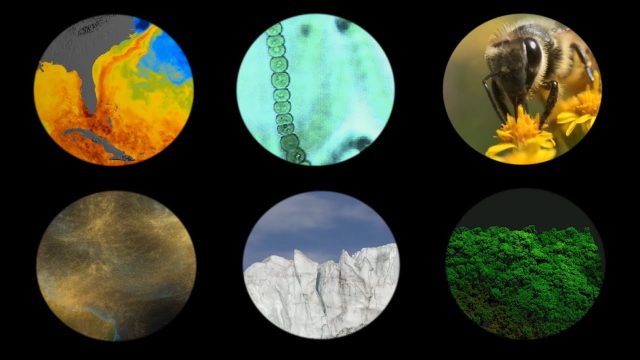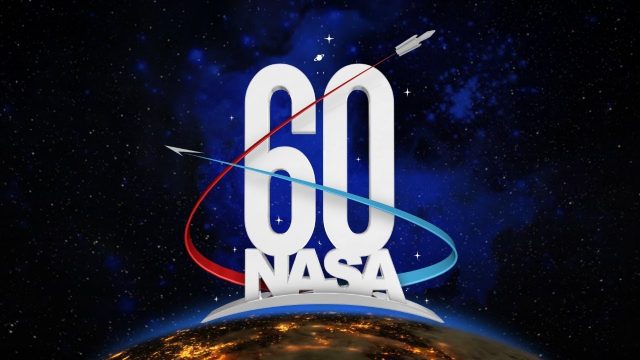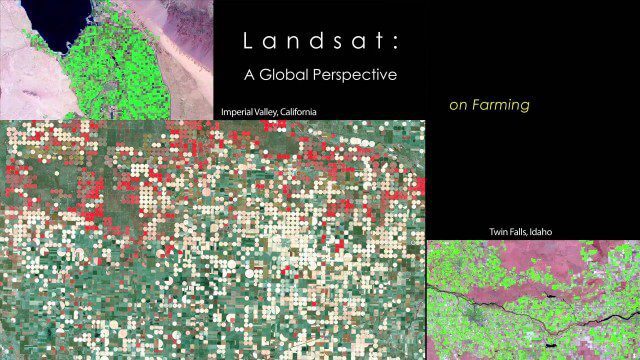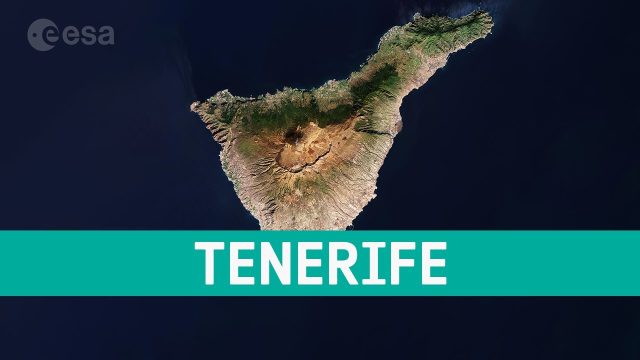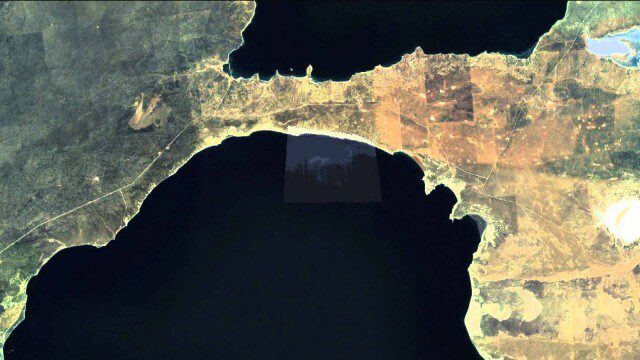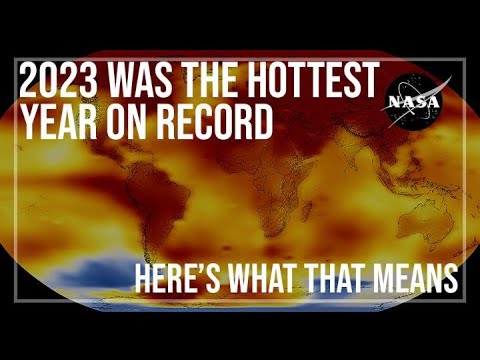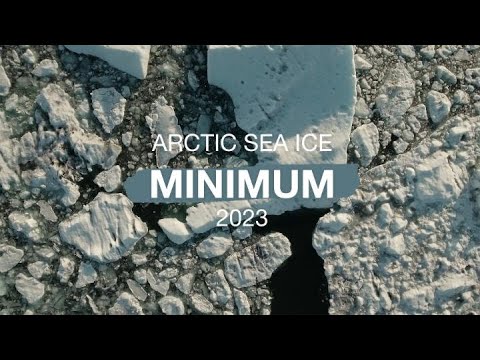Category: Found on the Internet
NASA Explores Earth’s Connections
0 Views0 Comments0 Likes
NASA explores the connections of Earth systems and its ability to observe them in a changing world, highlighting the links between dust transport, vegetation, water quality, conservation and human health, the cryosphere, and disasters.
NASA: 60 Years in 60 Seconds
0 Views0 Comments0 Likes
Congress passed the National Aeronautics and Space Act, on July 16 and President Eisenhower signed it into law on July 29, 1958.
NASA | Landsat’s Global Perspective
0 Views0 Comments0 Likes
On July 23rd, 1972, the first Landsat spacecraft launched into orbit. At the time, it was called "Earth Resources Technology Satellite," or ERTS, and was the first satellite to use a scanning spectrophotometer. Previous satellites relied on film cameras (ejecting the exposed film to be caught by planes) or transmitted the signal from television cameras. The scanning sensor and its successor sensors on subsequent Landsat satellites revolutionized how we study our home planet. Celebrating this anniversary, this video is a "greatest hits" montage of Landsat data. Throughout the decades, Landsat satellites have given us a detailed view of the changes to Earth's land surface. By collecting data in multiple wavelength regions, including thermal infrared wavelengths, the Landsat fleet has allowed us to study natural disasters, urban change, water quality and water usage, agriculture development, glaciers and ice sheets, and forest health.
Earth from Space: Tenerife, Canary Islands, Spain
0 Views0 Comments0 Likes
This week's edition of the Earth from Space program features a Copernicus Sentinel-2 image of Tenerife, the largest of Spain’s Canary Islands.
Satellites help spot whales
0 Views0 Comments0 Likes
NASA Earth Expeditions: An Animated Tour
0 Views0 Comments0 Likes
NASA takes you on a world tour with this animation as we kick off major new field campaigns to study regions of critical change from land, sea and air.
2023 Was the Hottest Year on Record
0 Views0 Comments0 Likes
2023 was Earth’s warmest year since 1880, and the last 10 consecutive years have been the warmest 10 on record. But why does NASA, a space agency, look at Earth’s temperature? And how do we even measure global tempera...
NASA Langley Celebrates 100 Years
0 Views0 Comments0 Likes
Something happened 100 years ago that changed forever the way we fly, the way we explore space and how we study our home planet. That something was the establishment of what is now NASA’s Langley Research Center in Hampton, Virginia, which commemorated its 100th anniversary on July 17, 2017.
Arctic Sea Ice Hits Annual Minimum, Antarctic Sets New Record
0 Views0 Comments0 Likes
Arctic sea ice likely reached its annual minimum extent on Sept. 19, 2023, making it the sixth-lowest year in the satellite record, according to researchers at NASA and the National Snow and Ice Data Center (NSIDC). M...
Weather Forecasts Will Remain Reliable, Even with Climate Change
0 Views0 Comments0 Likes
Anthony Lupo, professor of atmospheric science at MU, found that even as carbon dioxide levels create a warmer climate, experts will still be able to predict weather patterns accurately.













